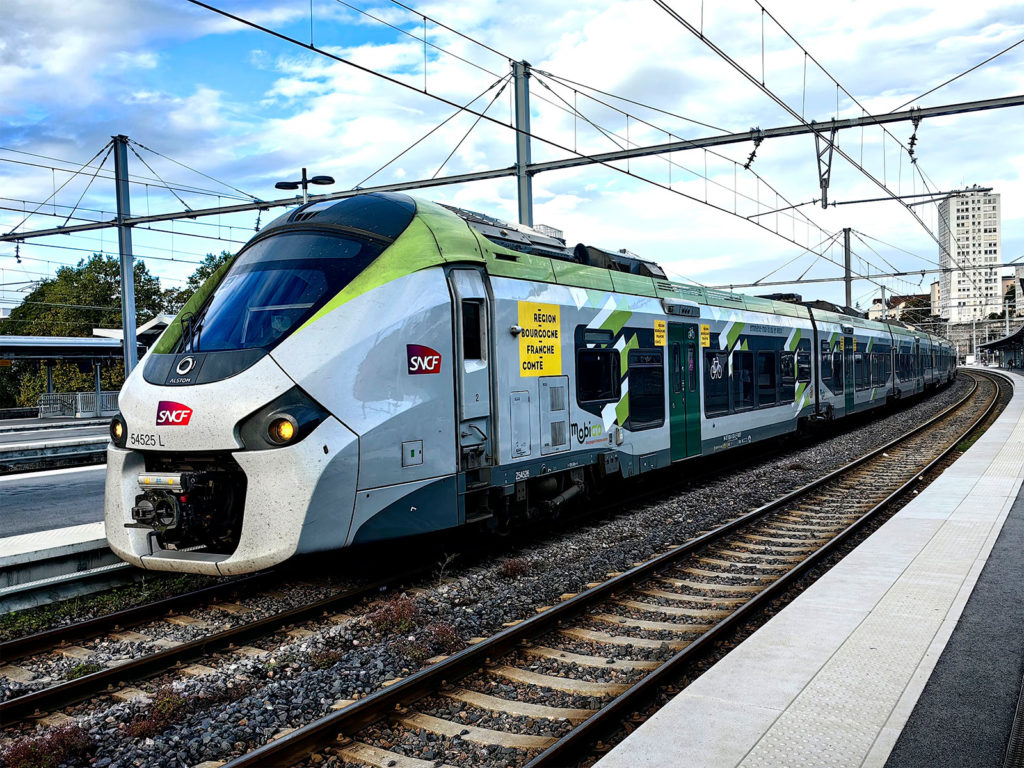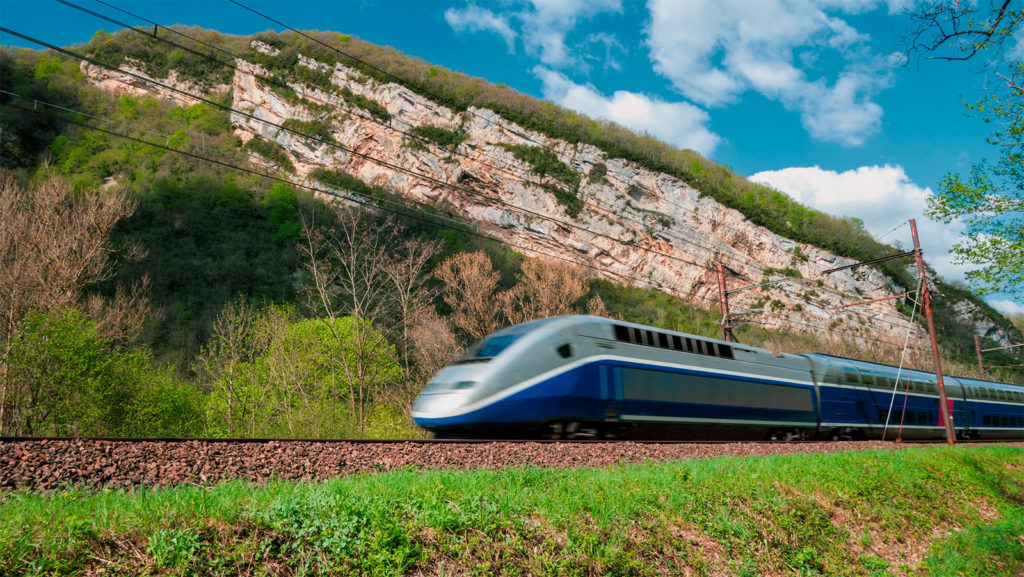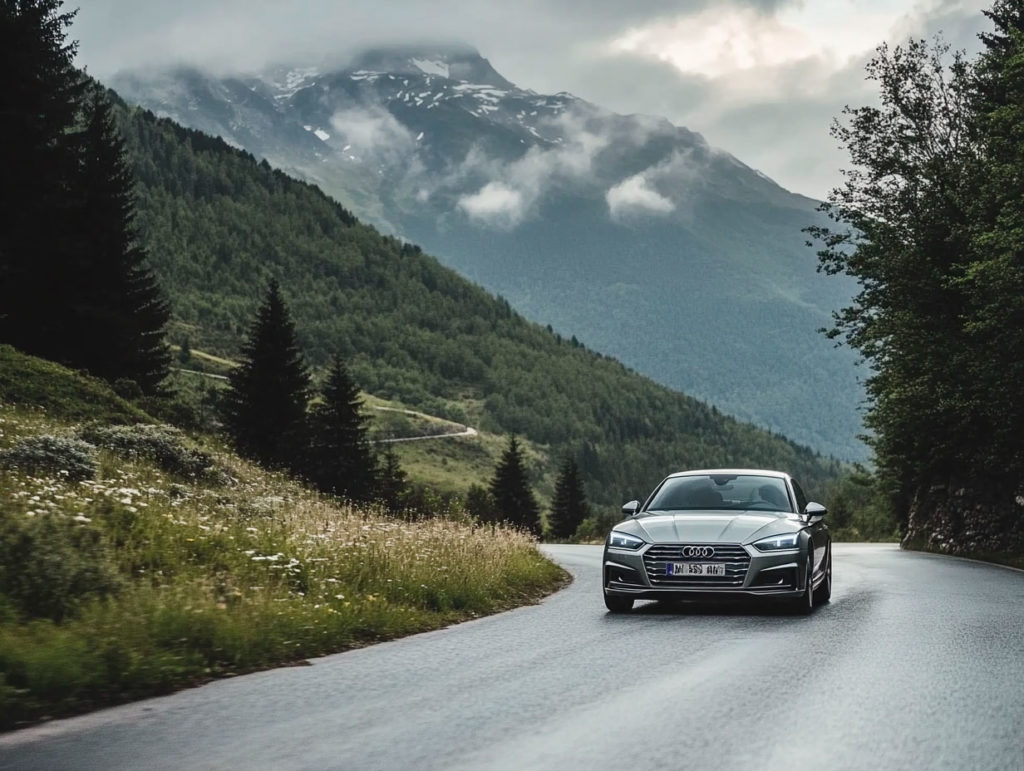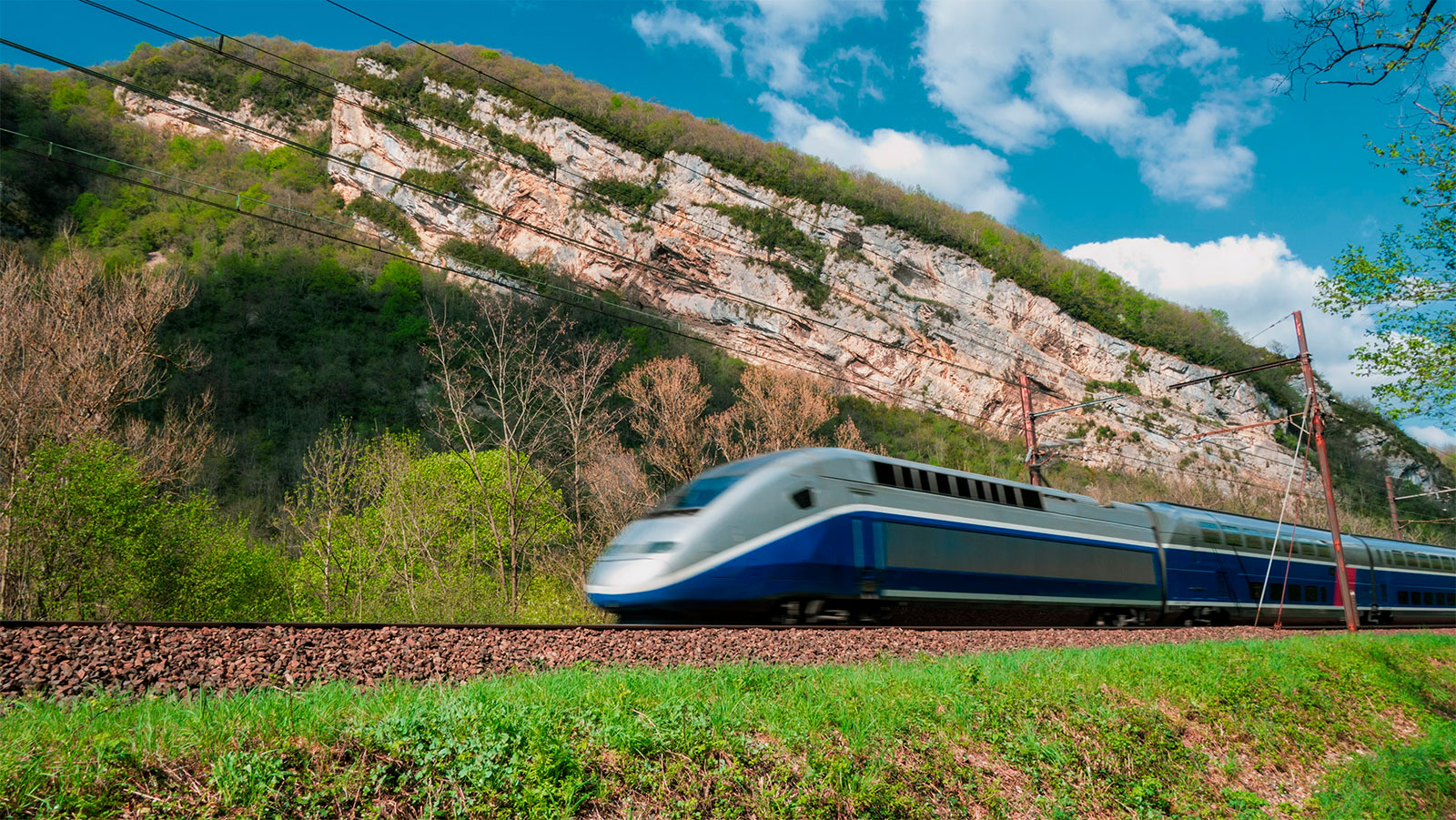How to travel in France? Explore trains, regional buses, car rentals, and local transport to plan your trip efficiently across cities and countryside.
Transportation in France
Understanding how to get around France is crucial for any traveler planning an efficient and enjoyable trip. The country offers a dense and highly developed transportation network, combining high-speed rail, regional trains, local buses, metro systems, and widespread car rental services. Whether you’re visiting major cities like Paris, Marseille, or Lyon, or exploring rural areas such as Provence or the Loire Valley, transport options vary significantly in cost, speed, and coverage. This guide provides detailed, practical information on each mode of transport available in France. It covers travel times, average ticket prices, regional accessibility, and booking tips to help visitors choose the most suitable and economical options for their journey.


High-speed and intercity trains in France
France has one of the most advanced rail networks in Europe, making train travel a convenient and efficient way to move between cities and regions. The high-speed TGV (Train à Grande Vitesse) and conventional intercity trains cover nearly all areas of the country, offering travelers multiple options depending on distance, time, and budget.
The TGV network
The TGV is the backbone of France’s long-distance transport. It connects Paris with most major cities, including Lyon, Marseille, Bordeaux, Strasbourg, Lille, Rennes, and Nantes. Trains can reach speeds of up to 300 km/h, reducing travel times significantly. For example, a journey from Paris to Marseille takes about 3 hours, while Paris to Lyon can be as short as 2 hours.
TGV trains run multiple times per day, especially on high-demand routes like Paris–Lyon and Paris–Bordeaux. Tickets are dynamic in price: a second-class seat can cost between €30 and €70 if booked in advance, but last-minute fares may rise to €100–€120, particularly during weekends and holidays. First-class seats cost more but include wider seating and quieter cars. Tickets can be purchased through the SNCF Connect website or mobile app.
Intercités and TER trains
For medium-distance travel and routes not served by the TGV, Intercités trains are available. These are conventional intercity trains that connect cities like Toulouse, Limoges, Clermont-Ferrand, and others with fewer departures than TGV but at lower prices.
In each French region, TER (Transport Express Régional) trains provide local service to towns and small cities. Examples include TER Bretagne, TER Nouvelle-Aquitaine, and TER PACA. These trains are slower, often making more stops, but are essential for reaching rural areas. Ticket prices for TER trains generally range from €5 to €20, depending on the distance, and are fixed (no price fluctuation based on time of purchase).
Public transport within cities
Urban transportation in France is well-organized and accessible in most major cities. Visitors can rely on metro lines, tram networks, and bus systems for efficient travel within city boundaries. These public services are generally punctual, affordable, and designed to cover both tourist areas and residential zones.
Metro, tram, and bus systems
Paris, Lyon, Marseille, Bordeaux, and Lille have integrated public transport networks combining metro, tram, and bus services. Paris has the largest system with 16 metro lines, 5 RER commuter train lines, and hundreds of bus routes. A single ticket in Paris costs €2.15 and is valid for 90 minutes across metro, RER (zone 1), and buses.
For tourists, day passes and multi-day passes are available. The Paris Visite pass starts at around €13.55/day and includes unlimited travel within selected zones. Lyon’s TCL network, Bordeaux’s TBM, and Marseille’s RTM systems also offer daily and weekly tickets at similar rates.
Mobile apps make navigation easier:
- Bonjour RATP (Paris)
- TCL (Lyon)
- TBM (Bordeaux)
They provide route planning, schedules, and real-time updates.
Taxis and ride-sharing
Taxis are widely available in all major cities, especially at train stations, airports, and city centers. All official taxis are metered, with base fares starting around €7 in Paris. The average cost of a city ride is between €12 and €20, depending on distance and time of day. Night and weekend fares are slightly higher.
Ride-sharing services such as Uber, Bolt, and Kapten (now merged with Free Now) operate in most urban areas. These platforms often offer lower fares than taxis and allow pre-booking, route tracking, and cashless payment through the app, making them convenient for non-French speakers.


Intercity and regional buses
Bus services in France offer a practical and low-cost alternative to train travel, especially for budget-conscious travelers or those exploring areas not served by rail. There are two main categories: long-distance coaches for intercity travel and local or regional buses that serve smaller towns and rural zones.
Long-distance buses (coach)
Long-distance coach operators such as FlixBus, BlaBlaCar Bus, and Eurolines (now limited) provide extensive coverage across France and into neighboring countries. These companies connect major cities like Paris, Lyon, Marseille, Lille, Toulouse, and even smaller destinations where train service is sparse.
Tickets are extremely affordable. For example, a Paris–Lyon trip can cost as little as €9.99 if booked in advance. Travel time is around 5 to 6 hours, compared to 2 hours by TGV. While buses are slower, they are ideal for those prioritizing cost over speed. Buses often include Wi-Fi, power outlets, and onboard toilets. Luggage allowances are generous, typically allowing one checked bag and one carry-on per passenger.
Tickets can be booked online via the operator’s website or through aggregator platforms like Omio or Trainline, which compare prices across transport modes.
Local and regional buses
In rural areas and smaller towns, local bus networks are often the only form of public transportation. These services connect villages to nearby cities, train stations, and administrative centers. They are especially common in regions like Occitanie, Nouvelle-Aquitaine, Brittany, and Provence.
Fares vary by region but usually range from €2 to €5 per ride. Tickets can be purchased onboard or at local kiosks. Some regions offer weekly or monthly passes for residents, students, and long-stay visitors.
Timetables and routes are often available through regional transport websites or town halls. However, in very rural zones, services may be infrequent or limited to weekdays.
Renting a car in France
Renting a car in France can be the most practical option for travelers aiming to explore regions that are not easily accessible by train or bus. While public transport is reliable in cities and along major routes, many rural and scenic areas require the flexibility of a private vehicle.
When to consider renting
Car rental is particularly useful for visiting the French countryside, remote villages, and wine-producing regions such as Dordogne, Alsace, Provence, and Corsica. These areas often lack frequent public transportation and feature winding roads, vineyards, and small towns best explored at your own pace.
Most rental companies require drivers to be at least 21 years old, although some agencies may have a higher age requirement. Drivers under 25 typically face a daily surcharge. A valid national driving license is accepted for EU residents. Non-EU travelers may need an International Driving Permit, especially if their license is not in French or English.
Costs and conditions
Rental prices vary by location, season, and vehicle type. On average, a manual transmission compact car costs between €40 and €70 per day, including basic insurance. Automatic cars are less common and often more expensive. Prices are generally higher in airports or during peak holiday seasons (July–August).
Fuel costs are a major consideration: as of 2025, petrol prices are around €1.80 per litre. Most rental cars run on diesel or petrol, and some agencies now offer hybrids or electric vehicles.
France’s motorway system is extensive but includes tolls. For example, the drive from Paris to Bordeaux involves about €30 to €35 in tolls, in addition to fuel. Toll booths accept cash, credit cards, and electronic passes (Télépéage), which some rental cars are equipped with.
Advance booking is recommended, especially during holidays. Major agencies include Europcar, Hertz, Avis, and Sixt, and all allow booking online.


Domestic flights – When they make sense
While France has a strong domestic air network, flights within the country are generally not recommended for most routes due to the speed and convenience of the TGV rail system. High-speed trains often reach central city stations faster than planes, once airport transfers, check-in, and security are considered.
However, domestic flights are useful for long-distance travel, especially where train service is limited or slower. Routes such as Paris to Corsica (Ajaccio, Bastia), Paris to Nice, or Paris to Biarritz can be worth flying. These journeys would take over 8 hours by train or car, whereas a direct flight typically takes 1.5 to 2 hours.
Major domestic carriers include Air France, Transavia, and Volotea, with services from airports like Paris Charles de Gaulle (CDG) and Orly (ORY). Many regional airports across France also connect to key cities.
Ticket prices vary depending on route, demand, and how early you book. One-way fares generally range from €50 to €120, with budget airlines often offering lower rates outside school holidays. Baggage fees and restrictions may apply, especially with low-cost carriers. Booking in advance is advised to secure the best prices and flight times.
Useful apps and travel tips
Several mobile apps can help travelers navigate transportation in France more efficiently. These tools offer real-time schedules, route planning, and secure ticket purchases, simplifying travel across all modes.
Trainline is widely used for booking TGV, TER, and coach tickets. It shows price comparisons and allows mobile ticketing. SNCF Connect is the official app for the French national railway and includes train times, reservations, and station information.
For planning complex routes or comparing transport options (train, car, bus, plane), Rome2Rio is especially helpful. It gives door-to-door suggestions with estimated durations and prices.
When driving, Google Maps and Waze provide accurate navigation and real-time traffic updates. Waze is particularly effective for avoiding tolls or roadworks.
Travel tips:
- Always validate paper tickets at the machines before boarding regional (TER) or Intercités trains. Failure to do so may result in a fine.
- Book TGV tickets as early as possible (up to 4 months ahead) to access the lowest fares. Prices increase significantly closer to the travel date.
- For local transport, check for daily or weekly passes to save money if you plan to use buses or metro frequently during your stay.
Security & atmosphere in French transports
Overall, public transport in France is safe, especially during daytime and in busy areas. Major systems like the TGV, metro, and regional trains are regularly patrolled by security staff and equipped with CCTV. However, travelers should remain vigilant in crowded stations and on public transit, particularly in large cities like Paris, Marseille, and Lyon, where pickpocketing is the most common issue. Tourist-heavy areas such as Gare du Nord or Châtelet-Les Halles require extra attention to bags and valuables.
At night, while many metro and bus services continue operating, the atmosphere can change—stations may be less busy, and some lines (especially in suburban zones) may feel less secure. Solo travelers are advised to avoid empty carriages and to stay close to populated areas on platforms.
Onboard long-distance trains such as the TGV or Intercités, the atmosphere is generally calm and orderly. Most passengers respect quiet zones and reserved seating. Conductors regularly check tickets, adding a layer of control.
Masks are no longer mandatory, but some travelers still wear them on crowded routes. For added peace of mind, consider traveling during daylight hours and avoiding last departures late at night, especially in unfamiliar areas.
XperienceFrance is your travel specialist in France.
